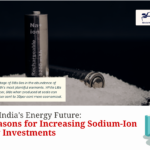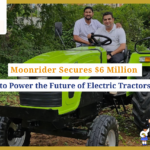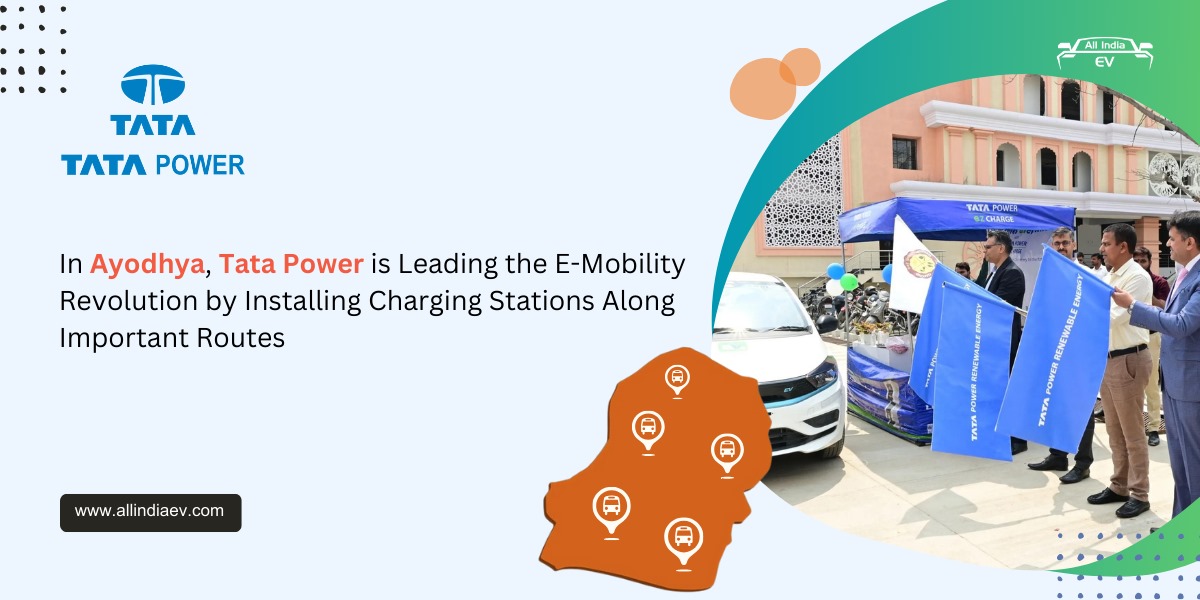
GST 2.0: Nirmala Sitharaman Explains How New Tax Slabs Will Impact EVs, Cars, FMCG Sector and Consumers Across India
- What Has Changed in GST 2.0?
- Impact on the Automobile Sector
- Small Cars
- Mid-Size and Large Cars
- Two-Wheelers
- Electric Vehicles (EVs)
- Tractors and Farm Equipment
- Auto Components
- Impact on Insurance Sector
- FMCG and Daily Essentials
- Luxury and Sin Goods
- Broader Economic Implications
- What This Means for EVs in India
- Conclusion
In a late-night press conference on Thursday, Finance Minister Nirmala Sitharaman announced what is being described as the biggest reform of India’s Goods and Services Tax (GST) system since its rollout in 2017.
Dubbed “GST 2.0”, the new framework is set to reshape the tax landscape, with a simplified slab structure and significant relief for consumers in the electric vehicle (EV), automobile, and fast-moving consumer goods (FMCG) sectors. The new system will come into force from September 22, 2025, aligning with the festive season to boost consumption.
The announcement comes at a crucial time, as the government attempts to revive consumer sentiment and stimulate growth amid global trade challenges and domestic demand slowdown.
What Has Changed in GST 2.0?
The earlier GST system had four major slabs (5%, 12%, 18%, and 28%), along with an additional compensation cess on luxury and sin goods such as cigarettes and high-end cars. This often made compliance cumbersome and led to frequent disputes.
The new regime collapses the structure into three key slabs with a few exemptions:
- 5% GST → Essentials, FMCG items, electric vehicles (EVs), and farm equipment
- 18% GST → Standard goods and services, including small cars and most two-wheelers
- 40% GST → Luxury and sin goods such as SUVs, big motorcycles, yachts, private jets, and sugary drinks
- Exemptions → Health and life insurance premiums, chapati, paratha, and other basic food staples
- Key Objective: Simplify compliance, reduce consumer burden, and encourage adoption of affordable and green technologies like EVs.
Impact on the Automobile Sector
Small Cars
- Earlier: Tax burden was around 29–31% (18% GST + cess).
- Now: A flat 18% GST.
- Impact: Ex-showroom prices of hatchbacks and compact sedans may fall by 12–12.5%, making them more accessible to the middle class.
- Policy intent: To revive demand in the small car segment, which has seen sluggish sales over the past few years.
Mid-Size and Large Cars
- Earlier: Effective tax stood at 45–50% with cess.
- Now: Reduced to 40% GST flat, without cess.
- Impact: Buyers of premium sedans and SUVs will see marginal relief, but luxury demand is unlikely to surge significantly.
Two-Wheelers
- Up to 350 cc: Tax rate down to 18%, making scooters, commuter bikes, and entry motorcycles more affordable.
- Above 350 cc: 40% GST, covering Royal Enfield 650s, Harley-Davidson, and other big bikes.
- Impact: The move supports rural mobility and urban commuting while keeping aspirational big bikes premium-taxed.
Electric Vehicles (EVs)
Perhaps the biggest highlight for the auto sector is that EVs retain their 5% GST rate.
- Impact: India continues to offer one of the lowest EV tax rates globally.
- Comparison: Many countries levy 10–15% GST/VAT on EVs.
- Policy alignment: Supports the government’s “Atmanirbhar EV ecosystem” and decarbonisation agenda.
- Result: EVs will remain a cost-competitive alternative to petrol and diesel vehicles, boosting adoption in metros and tier-2/3 cities alike.
Tractors and Farm Equipment
- Tax cut from 12% to 5%.
- Impact: Affordable tractors and machines can accelerate farm mechanisation and boost rural productivity.
Auto Components
- Earlier: Tax rates varied (12–28%).
- Now: Flat 18% GST across all auto components.
- Impact: Helps eliminate the grey market, improves compliance, and supports MSMEs in the auto supply chain.
Impact on Insurance Sector
One of the most consumer-friendly reforms is the full exemption of GST on health and life insurance premiums.
- Earlier: Premiums attracted 18% GST, raising the cost of term life and health policies.
- Now: Zero GST.
- Impact: Policies will become cheaper, boosting insurance penetration in India, which remains among the lowest in Asia.
FMCG and Daily Essentials
Everyday items see a big relief under GST 2.0:
- 5% GST: soaps, shampoos, hair oil, biscuits, noodles, namkeen, packaged juices, TVs, home appliances.
- 0% GST: chapati, paratha, cereals, and drinking water.
Impact: Lower household expenses, especially benefiting middle- and lower-income families.
Luxury and Sin Goods
- Luxury transport (private jets, yachts): Now taxed at 40% flat GST (up from 31% + cess).
- Cigarettes & tobacco: No relief; remain at 28% + cess, keeping the effective tax near 88%.
- Policy message: “Luxury must pay more.” The government ensures steady state revenues while discouraging consumption of harmful products.
Broader Economic Implications
For consumers: Relief on small cars, two-wheelers, EVs, insurance, and essentials. Luxury buyers continue to bear higher taxes.
For industry: Automakers may see a revival in small car and two-wheeler demand, while EV makers will benefit from sustained tax incentives. FMCG and insurance companies are also expected to gain.
For government: Simplified slabs will reduce litigation, improve compliance, and ensure stable tax revenues.
For states: Compensation cess on tobacco and other sin goods will continue until COVID-19-era borrowings are repaid.
What This Means for EVs in India
By keeping EVs at a low 5% GST, the government has sent a strong signal of commitment to clean mobility. Coupled with falling battery costs and expanding charging infrastructure, GST 2.0 ensures that EVs remain affordable and attractive for Indian buyers.
Industry experts believe this will:
- Accelerate the shift from petrol/diesel to EVs.
- Encourage more startups and global players to invest in the Indian EV market.
- Strengthen India’s push towards its 2030 EV adoption targets.
Conclusion
The GST 2.0 reforms represent a massive pre-Diwali bonanza for consumers and industries alike. While the system keeps luxury and sin goods heavily taxed, it provides relief on essentials, affordable vehicles, and insurance—areas that impact the daily lives of most Indians.
For the EV industry, the continuation of the 5% GST slab is perhaps the most critical takeaway. It not only sustains India’s competitiveness in the global EV market but also strengthens the country’s push toward a sustainable, decarbonised transport ecosystem.
As GST 2.0 rolls out from September 22, 2025, all eyes will be on how these changes translate into higher demand, economic revival, and a greener future for India.










